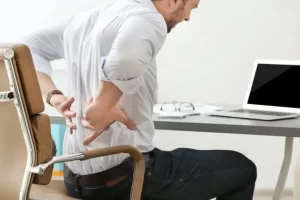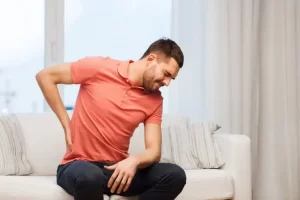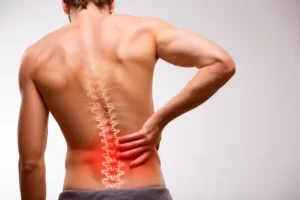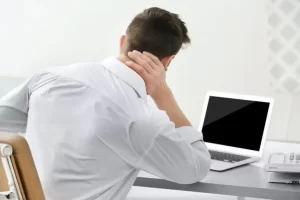Mobility is life and it stands true with respect to all age groups, gender, or any class. Working from home laying in your bed or sofa or simply spending time thinking about the endless eternity, lack of physical exercises can do you more harm than you think. Lack of appropriate ergonomic setup or postural discipline can affect your back, neck, and knees and even cause headaches due to disturbed eyesight. The work from home routine has made people remain confined to the limited space of their homes. Gym enthusiasts or love to stay active might feel like this shut-down period is going to sabotage their fitness progress. Most of us fail to respect the appropriate routine activities in correlation to our natural circadian rhythm. Late-night binge-watching our favourite web series, irregular sleep, and diet habits are imposing an additional toll on an already disturbed exercise regime causing body aches and malaise. But don’t worry there are ways. Whether you love doing exercise or hate it, exercise is something that is going to strengthen your immune system and improve your mental health, which will not only keep you calm during this frightening time, but can also protect you from any kind of infections and viruses. Symptoms to watch for in this pandemic include fever, cough, tiredness and difficulty breathing and with weak immunity, you might not be able to deal with it. Here are some easy ways to improve your flexibility and reduce stiffness. Yoga, Pilates, tai chi, and stretching are all recommended for improving flexibility. While Pilates and yoga concentrate on building strength and flexibility, yoga is generally regarded as having a deeper focus on increasing the range of joint motion. Tai chi loosens muscles and stretches the whole body. It is especially useful for people with limited mobility, recovering from injury, or balance problems as it can be adapted to suit a range of abilities. Here are a few simple stretching exercises that can be practiced without special equipment from the comfort of basic and humble living space: Appropriate Balanced Diet And Nutrition Intake: We are what we consume. The entirety of our body makes, our behavior, attitude, and higher mental functions are in direct correlation to the type and make of our food in terms of content, quality, and quantity. Including good quality protein post-exercise, as part of a balanced diet, is a good move. When collagen, which is made from the building blocks of protein, is combined with vitamin C, it may help to decrease joint pain, supporting tendons and aiding recovery, and reducing muscle soreness. Take A Warm Bath To Reduce Pain And Stress: While a warm bath or shower may have more of a psychological benefit, it is worth a try. In this summer season, most of us resort to taking cold shower baths. One of the things that you have to overcome in stretching and increasing flexibility is the muscle’s natural protective response. So if you can relax the muscles via a warm shower or bath, you could potentially get more out of your stretches because you are starting with nice, warm, relaxed muscles. Practice Makes Person Perfect: Flexibility is not something you can change quickly, so practice often. It takes time and a concerted effort with a static stretching program. How flexible you need to depend on your lifestyle. I would suggest that we should try and inculcate a good ergonomic environment and adequate stretches to inculcate in our activities of daily living. For instance, if you have to pick up any object from the ground, try bending from your knees and hips keeping your back straight, and feel the stretch in your quadriceps, hamstrings, glutes, and back.
























